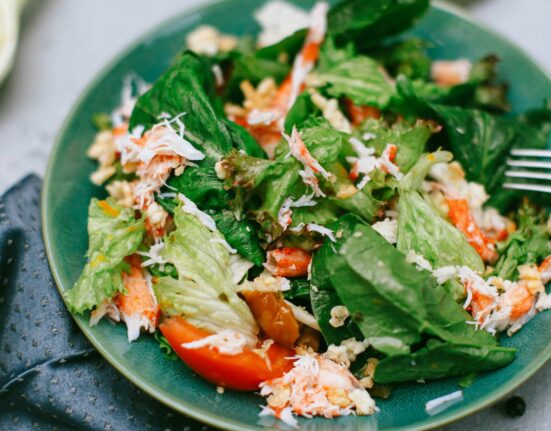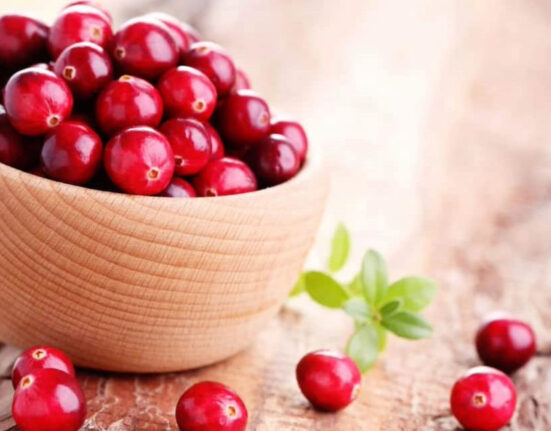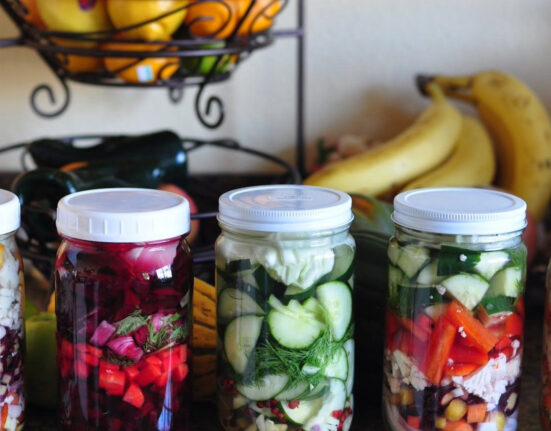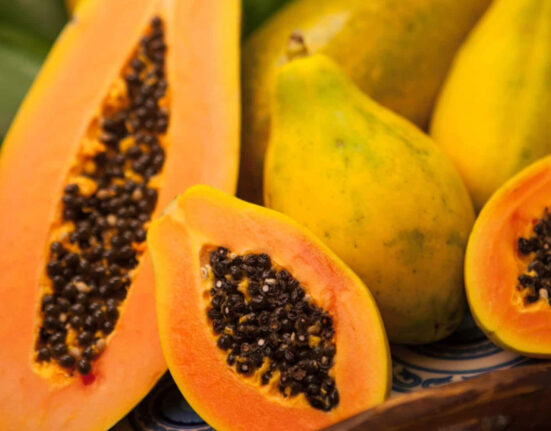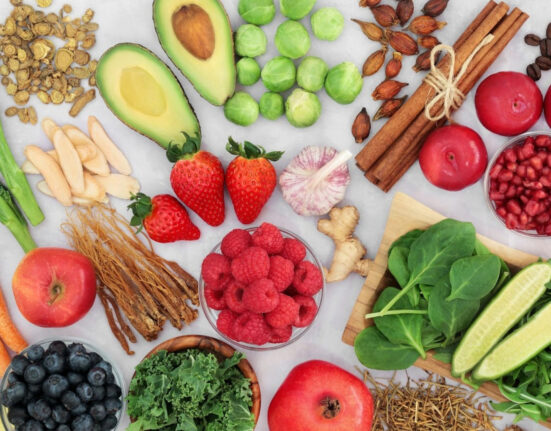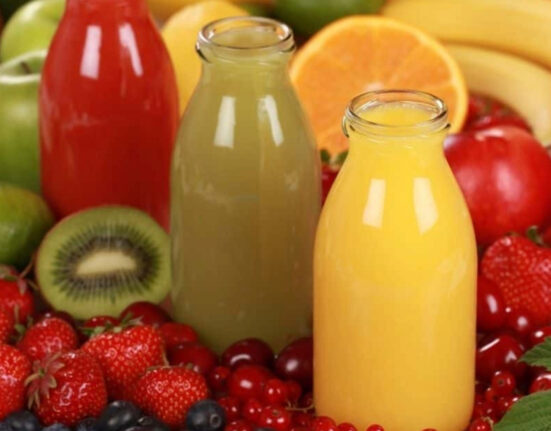Introduction:
The humble kitchen staple, eggs, are incredibly versatile and can be used for much more than just eggs on toast. We’ll break through the surface and reveal ten weird and intriguing facts about eggs in this blog, highlighting their extraordinary properties, culinary importance, and unexpected roles beyond the norm.
1. Nature’s Perfect Package:
The complex structure of an eggshell, a wonder that protects the fragile life inside, is a testament to nature’s inventiveness. The architecture of the shell, which is primarily made of calcium carbonate, strikes a delicate balance between being porous to allow gas exchange and robust enough to protect against external threats. The developing embryo can breathe thanks to this precisely calibrated mechanism that also protects it from external threats. The shell’s resistance to compression demonstrates the precision engineering of nature and adds to its strength. The eggshell is a true monument to the evolutionary genius that keeps life alive and well in this small, beautifully crafted container.
2. Egg-ceptional Nutrition:
When an egg’s potential is unlocked, a nutritional powerhouse hidden beneath its humble shell is revealed. Eggs are packed full of quality protein and contain every essential amino acid needed for muscle growth and repair. Eggs are a great source of protein as well as vitamins B12 and D, which are vital for healthy nerves and bones, respectively. Their nutritional value is further enhanced by minerals like choline, which promotes brain health, and selenium, which supports the immune system. The egg is a small, all-inclusive food that provides a wide range of nutrients that support both physical processes and general health, making it a foundational component of a healthy diet.
3. The Science of Freshness:
Set out on a culinary detective’s journey to discover the clever way to determine the freshness of an egg: the water buoyancy test. A fresh egg falls to the bottom of a bowl of water, its dense contents intact. Eggs gradually lose density as a result of moisture and air entering them as they get older. This causes the previously settled egg to become a buoyant object that tilts upward. A straightforward but useful tool, the water buoyancy test enables chefs to quickly determine the freshness of their eggs. This guarantees that the purest, freshest ingredients are used in every culinary creation, turning the kitchen into a place where science and art of cooking collide.
4. Eggshell Colors and Hen Breeds:
Explore the intriguing range of colors found on eggshells and discover the meaning behind each shade, which is closely related to the hen’s breed. The color of the eggshell has nothing to do with taste or nutritional superiority, despite what the public believes. Eggs are usually laid by hens with white feathers and earlobes; eggs laid by hens with red feathers and earlobes are usually brown. The flavor and nutritional value, however, are the same for all shell colors. Dispelling myths, this discovery highlights the beauty of nature’s subtle variations while preserving the intrinsic goodness of eggs, adding a new level of appreciation for the diversity of eggshells.
5. Eggsquisite Egg Art:
Enter the fascinating world of egg art, where beautiful works of art are created on the humble, delicate eggshell. Expert artists use their imagination and dexterity to create elaborate artworks out of these delicate shells. These artists use methods like carving, painting, and even etching to create elaborate scenes, complex patterns, and astounding detail that highlight the resilience and fragility of the common egg. Egg art, which ranges from delicate floral motifs to miniature landscapes, is an exquisite combination of creativity and craftsmanship that not only captures the viewer’s attention but also honors the meeting point between artistic vision and nature’s extraordinary design.
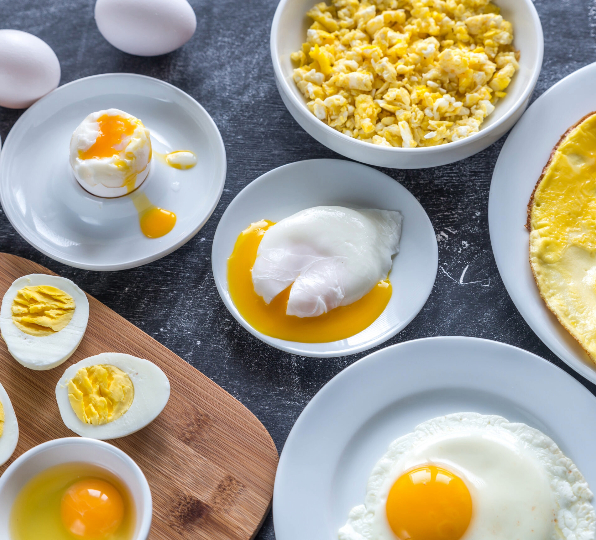
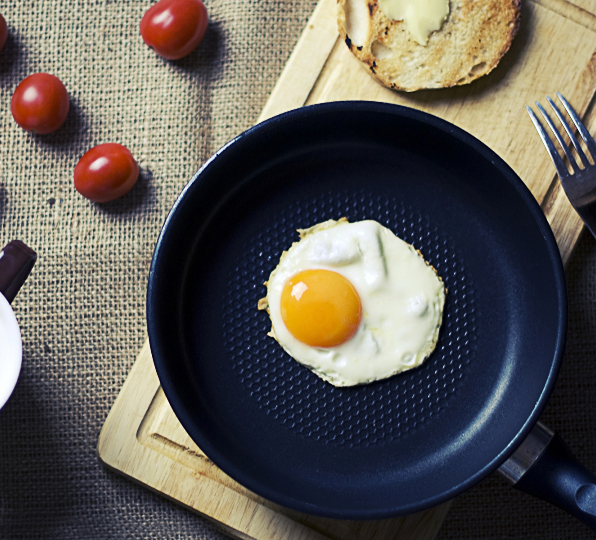
6. Eggs Preservation Techniques:
Take a trip through time and culinary creativity with us as we delve into the intriguing realm of egg preservation methods. Humans have historically come up with inventive ways to prolong the shelf life of these nutrient-dense spheres. A classic method of preserving freshness and imparting distinct flavors to eggs is to submerge them in a brine solution. Another traditional technique entails enveloping eggs in a layer of mineral oil to prevent air from penetrating the porous shell. It becomes evident as we examine these historical techniques and modern modifications that attempts to extend the life of this culinary mainstay are as varied and creative as the societies that adopted it.
7. Eggs in Cosmetics:
Explore the area where eggs appear in unexpected places other than the kitchen—the world of cosmetics. Eggs, renowned for their nourishing qualities, are now a powerful component in skincare and hair products. The proteins in eggs, especially the whites, help to strengthen, shine, and stimulate growth of hair strands. Eggs are thought to contain proteins and collagen, which tighten and nourish the skin. Homemade egg masks and treatments using the whites or yolks have become increasingly popular due to their all-natural and affordable method of getting gorgeous hair and glowing skin, turning the ordinary egg into a beauty secret that’s loved outside of the kitchen.
8. Century Eggs: A Delicacy with a Twist:
Discover century eggs, a traditional Chinese treat that defies expectations, by going on a culinary adventure. Despite their name, these eggs go through a special preservation process rather than aging for a century. After being submerged in a solution containing clay, ash, salt, quicklime, and rice straw for a few weeks or months, the eggs become an incredible culinary creation. Fermentation transforms the egg, yielding a rich, creamy texture and a unique flavor with faint ammonia undertones. Century eggs are a testament to the artistry of Chinese culinary traditions, often served with pickled ginger or soy sauce, and they captivate adventurous palates with their unexpected and complex taste profile.
9. Eggs in Baking: Substitutes and Tips:
Take a culinary journey with us as we explore the science of eggs in the oven, the culinary alchemists. Eggs provide moisture and richness in addition to binding and leavening. Explore the world of egg substitutes—applesauce, mashed bananas, or flaxseed for different dietary needs—if you’re looking for alternatives. Recognize how important eggs are to getting texture and structure while experimenting with vegan or allergy-conscious substitutes. Your baked goods will rise to perfection if you can master the flavorful realm of egg substitution. This applies to both the lift of a soufflé and the tenderness of a cake.
10. The Humble Egg’s Role in World Records:
Admire the world’s biggest omelet, a massive creation that needed an enormous pan and thousands of eggs. Watch people perform acts of egg balancing that defy gravity and demonstrate their unmatched ability to maintain balance. Examining these feats reveals the egg’s remarkable and entertaining successes in the public eye, leaving a lasting impression. Honoring the whimsical nature of eggs, records range from speedy peeling to tall towers, showcasing the egg’s entertaining successes.
Conclusion:
As we utilize this indispensable kitchen tool for baking, poaching, and scrambling, let us acknowledge the remarkable qualities of eggs. The egg, a culinary staple, surprises in art and records, showcasing its versatility and nutritional richness in unexpected roles.



